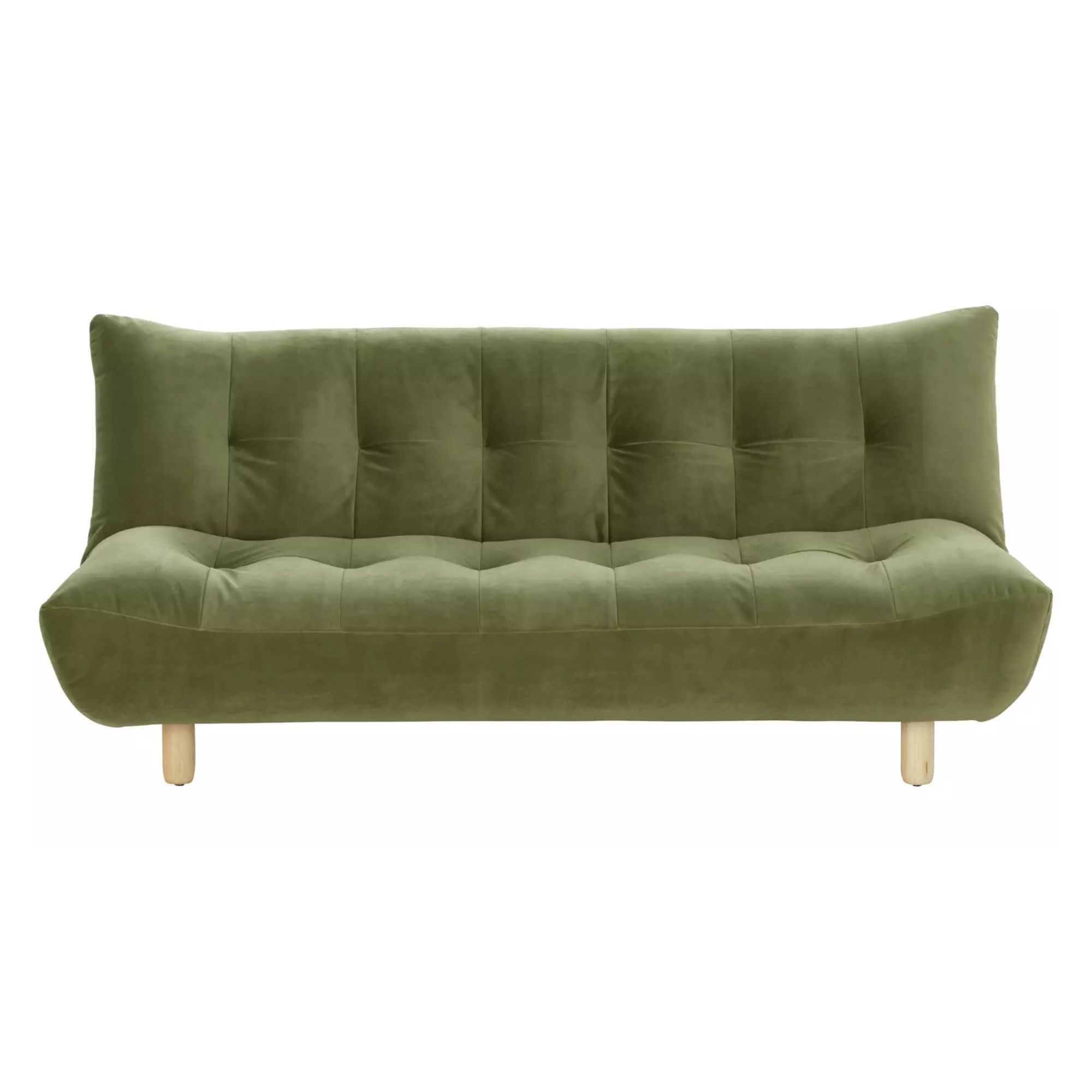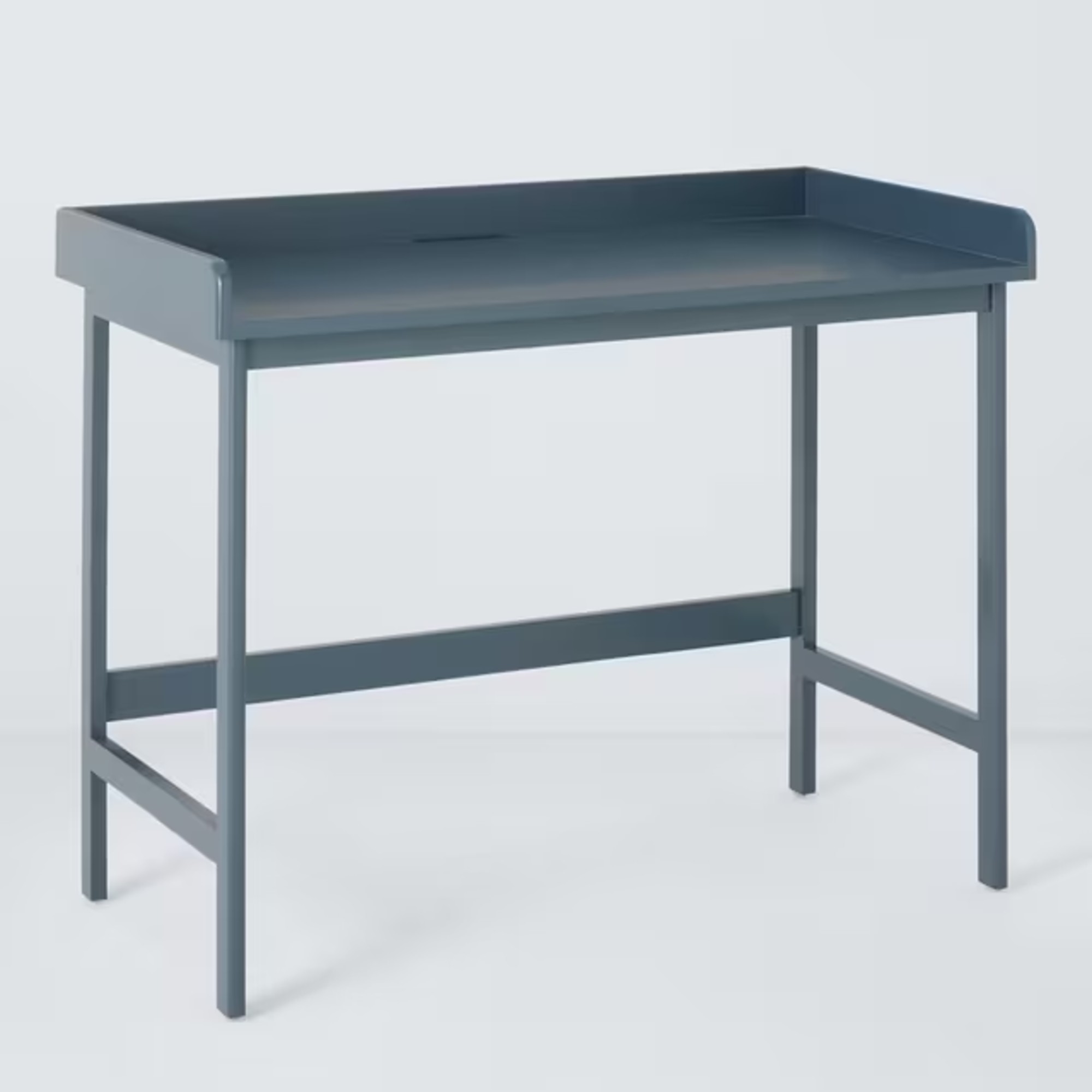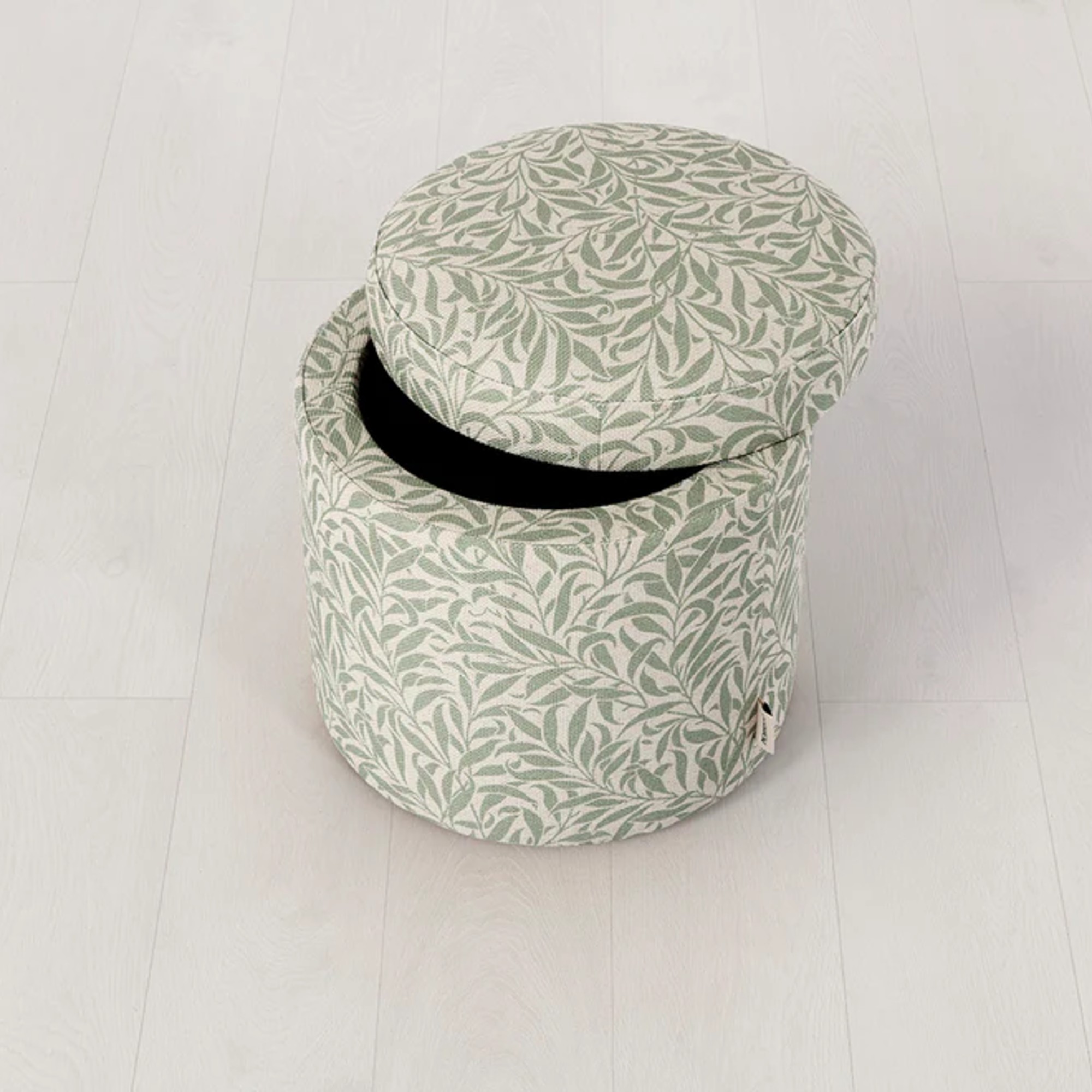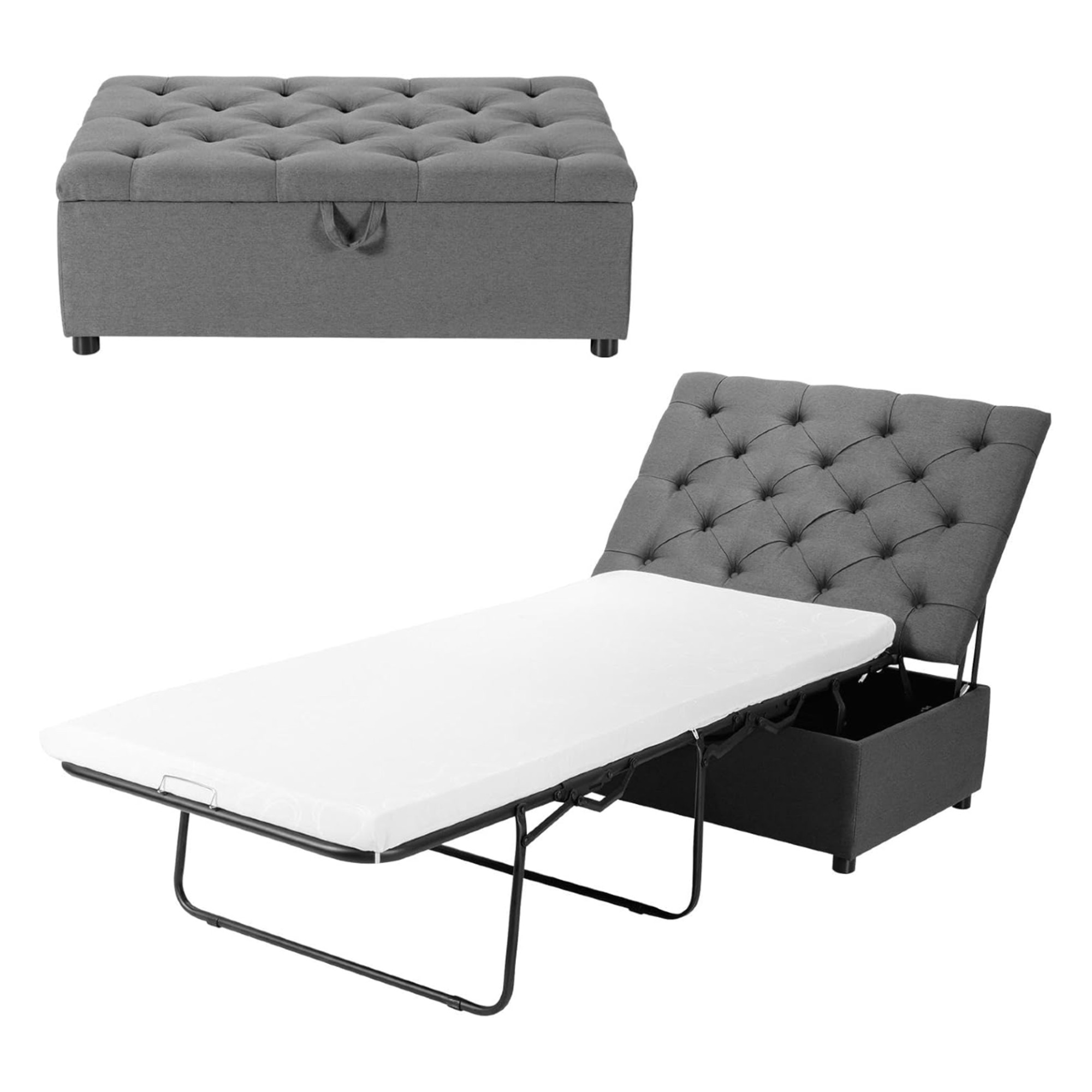Box room ideas – 13 ways to maximise the limited space and make the most of every inch
This is how to best use the available but limited space of a box room and elevate its look

Sara Hesikova
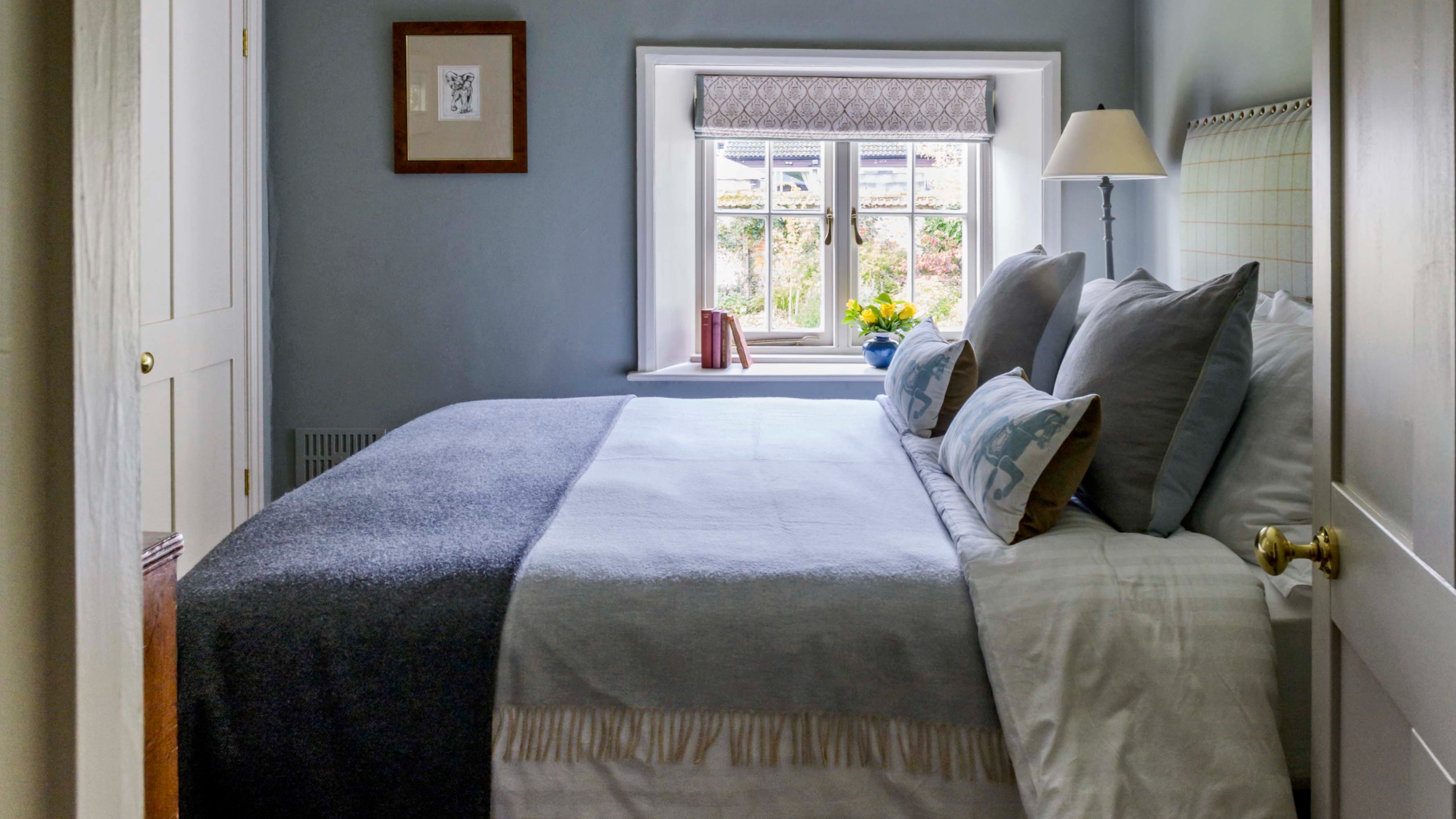
Box rooms are defined by their limited, compact space. But it’s still space that shouldn’t go to waste nonetheless. And there are plenty of box room ideas that can aid in making the most of your tiny room and making it appear bigger than it actually is.
The best starting point is establishing the purpose of the space which you should determine based on what your home needs the most – is it extra storage or is it a small bedroom idea? ‘To make the most of a box room, it is vital to start with its intended use and to be realistic and imaginative about the space available,’ says Claire Garner, director at Claire Garner Design Studio. ‘The aim should be to create a space that feels calm and purposeful, however small.’
Box rooms are common in period properties, but in recent times, bedrooms in new builds can also be best described as box rooms. ‘Box rooms are a feature of many British homes, often reflecting a practical use of space,’ says Magdalena Gierasinska, head of product and displays at Barker and Stonehouse. ‘Originally designed for storage or as small bedrooms, they make use of compact areas that might otherwise go unused.’ And it’s up to you what you do with it next…
1. Open it up with a light colour palette
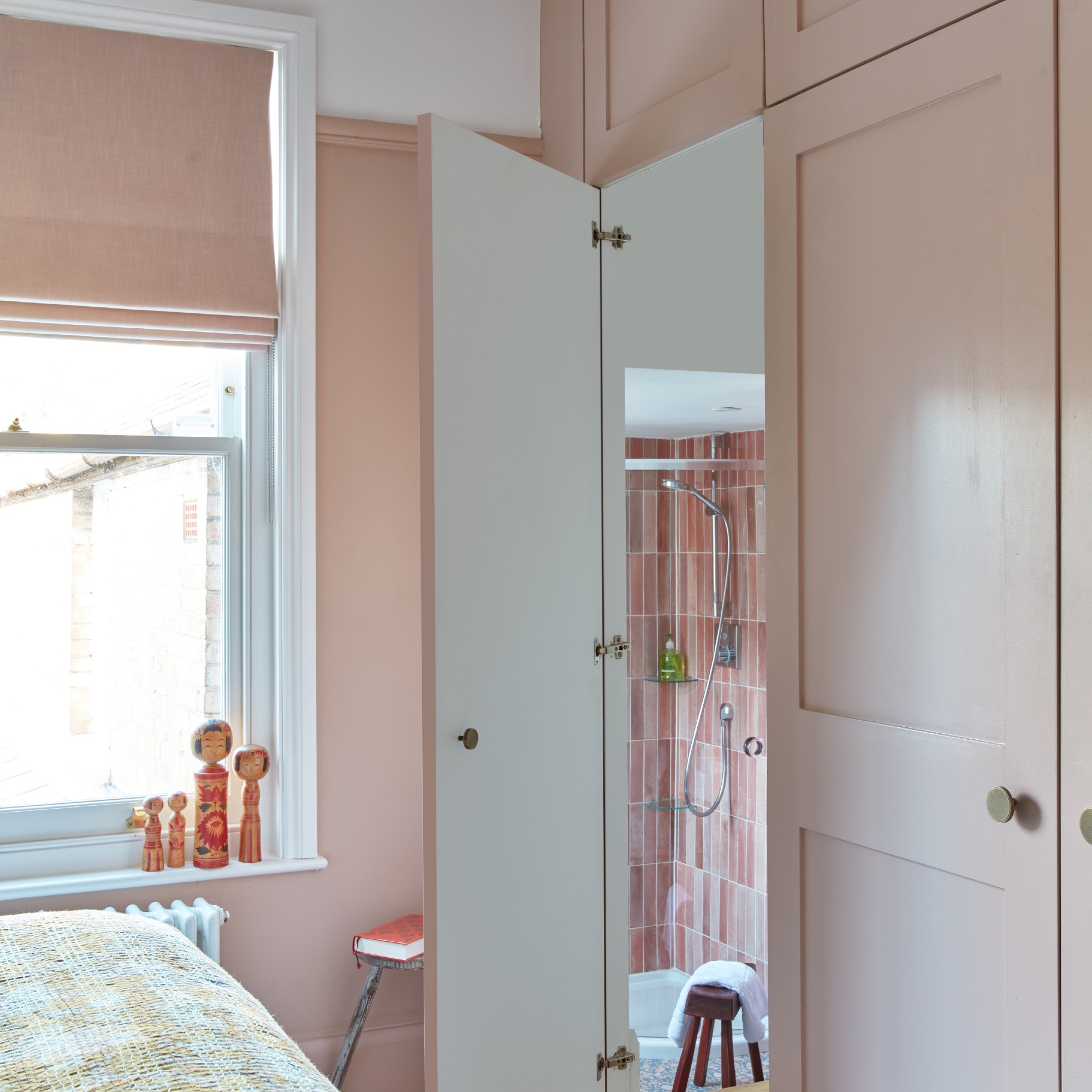
When working with a small space, opting for a light colour palette is usually best as it visually opens up the room and makes it appear larger.
‘Box rooms can be tricky to decorate, but the right colours can make a big difference,’ says Debbie Leigh, design manager at ILIV. ‘Lighter shades like soft neutrals, pale blues or muted greens help to open up the space and make it feel brighter and more inviting. To stop it feeling too plain, try layering in subtle patterns or textured fabrics in similar tones. If you’d like to add a bit of contrast, introducing deeper shades through cushions, curtains or upholstery can add a bit of character without taking over the room.’
Colleen Bennett of CBB Design Firm adds, ‘You should avoid making it feel like a dark hole or a dark area of the house. The darker it is, the smaller it feels. You should not use any dark colours, as well as steer clear of small patterns because they can make the space feel tiny and cramped.’
2. Keep the floor clear
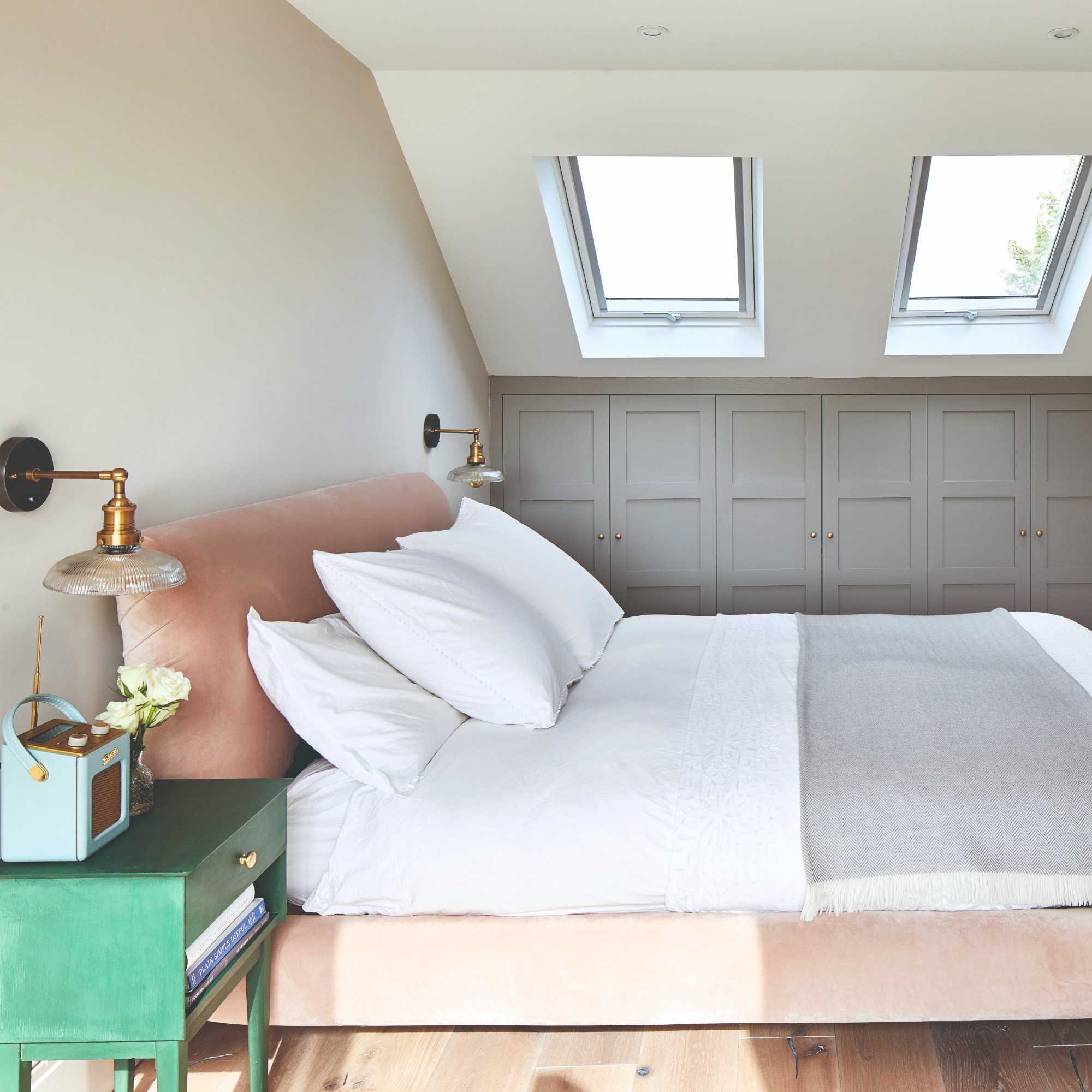
Lifting everything off the floor, including furniture wherever possible, is another popular trick among interior designers to make a small space appear larger or at the very least uncluttered.
Sign up to our newsletter for style inspiration, real homes, project and garden advice and shopping know-how
‘We also find that keeping the floor as clear as possible can help to visually open up the room,’ Claire Garner says.
Magdalena at Barker and Stonehouse adds a tip on how to go about it, ‘Wall-mounted lighting and vertical storage solutions such as tall shelving units keep the floor clear and make the most of the available space.’
3. Turn it into a compact guest room
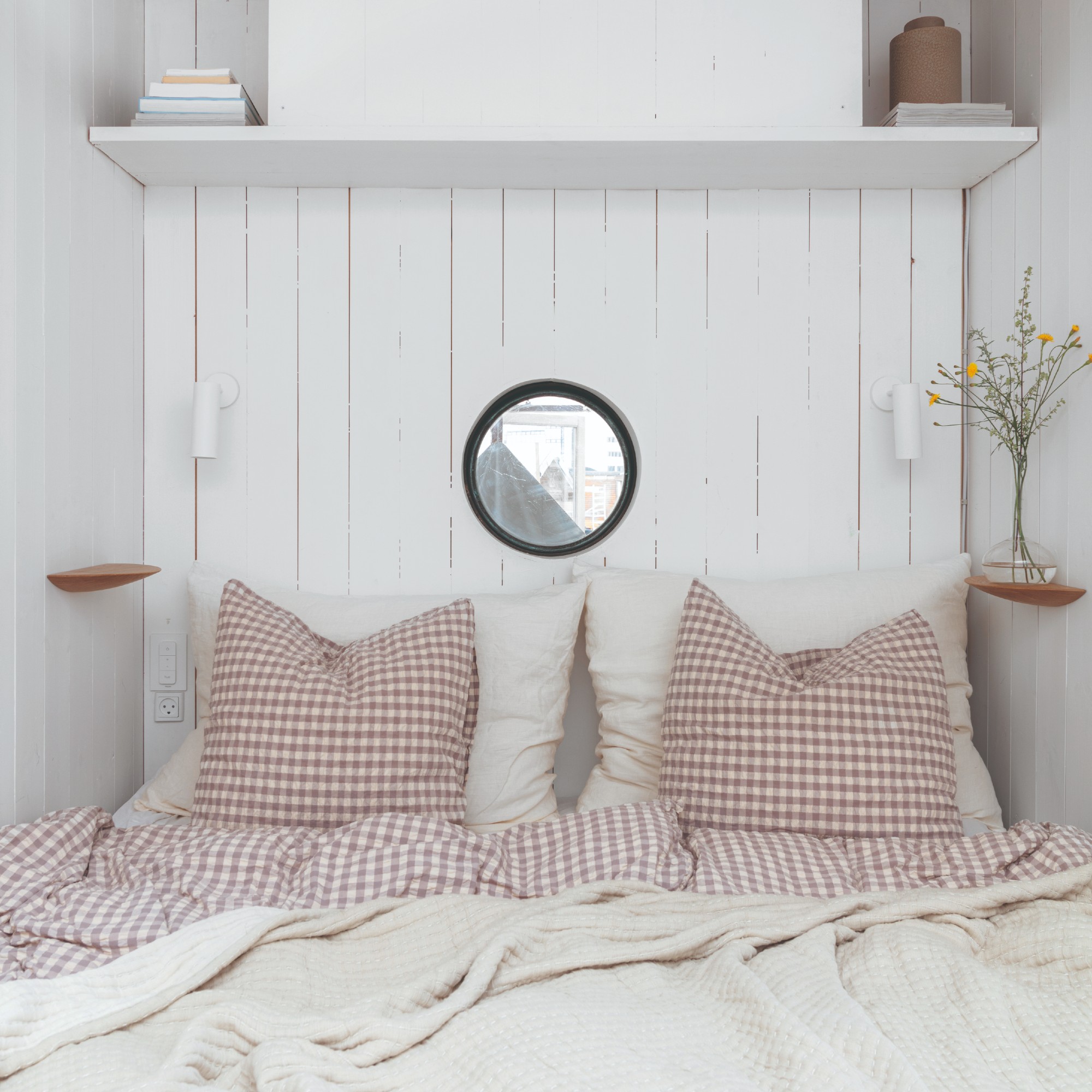
If your home is in need of guest room ideas then turning your box room into one with the help of your best sofa bed or a compact bed might be the way to go so that your overnight visitors have somewhere to sleep that’s not your living room sofa.
‘A box room can serve many purposes depending on your household needs. It might become a compact guest room with a daybed or fold-down bed,’ Claire Garner confirms.
4. Switch to sliding doors

Swapping out hinged doors for sliders is one of the simplest and most effective ways to improve the sense of space in a box room. Tall doors, like those on wardrobes and even the main entrance door, will have the biggest impact on the traffic flow within the room but you can also opt for sliding doors on underbed storage and bedside cabinets.
‘Sliding door wardrobes allow you to maximise storage space in a box room, making it far more functional,’ adds Philipp Nagel, director of Neatsmith. ‘We recommend choosing sliding mechanisms with at least 10 wheels per door to ensure they slide perfectly every time. Soft-close sliders are also great for a seamless and quiet closing experiences and will add a sense of luxury.’
5. Give colour drenching a go

Even though colour drenching - covering all the surfaces of a room in one colour - can seem scary, especially in a tiny space like a box room, it’s actually often recommended by experts as a technique that makes small rooms appear bigger but cosy at the same time. That’s because there’s no point where the colour cuts off, it just keeps going which tricks the eye into thinking the space in the room does, too.
‘Colour drenching the room in a deep, rich hue can create a cosy, cocooning atmosphere, making the space feel warm and inviting. Shades like olive green, navy blue or a moody charcoal bring depth and personality without overwhelming the room. Keeping the palette cohesive will help the room feel balanced and comfortable,’ Magdalena at Barker and Stonehouse says.
6. Reflect light with mirrors
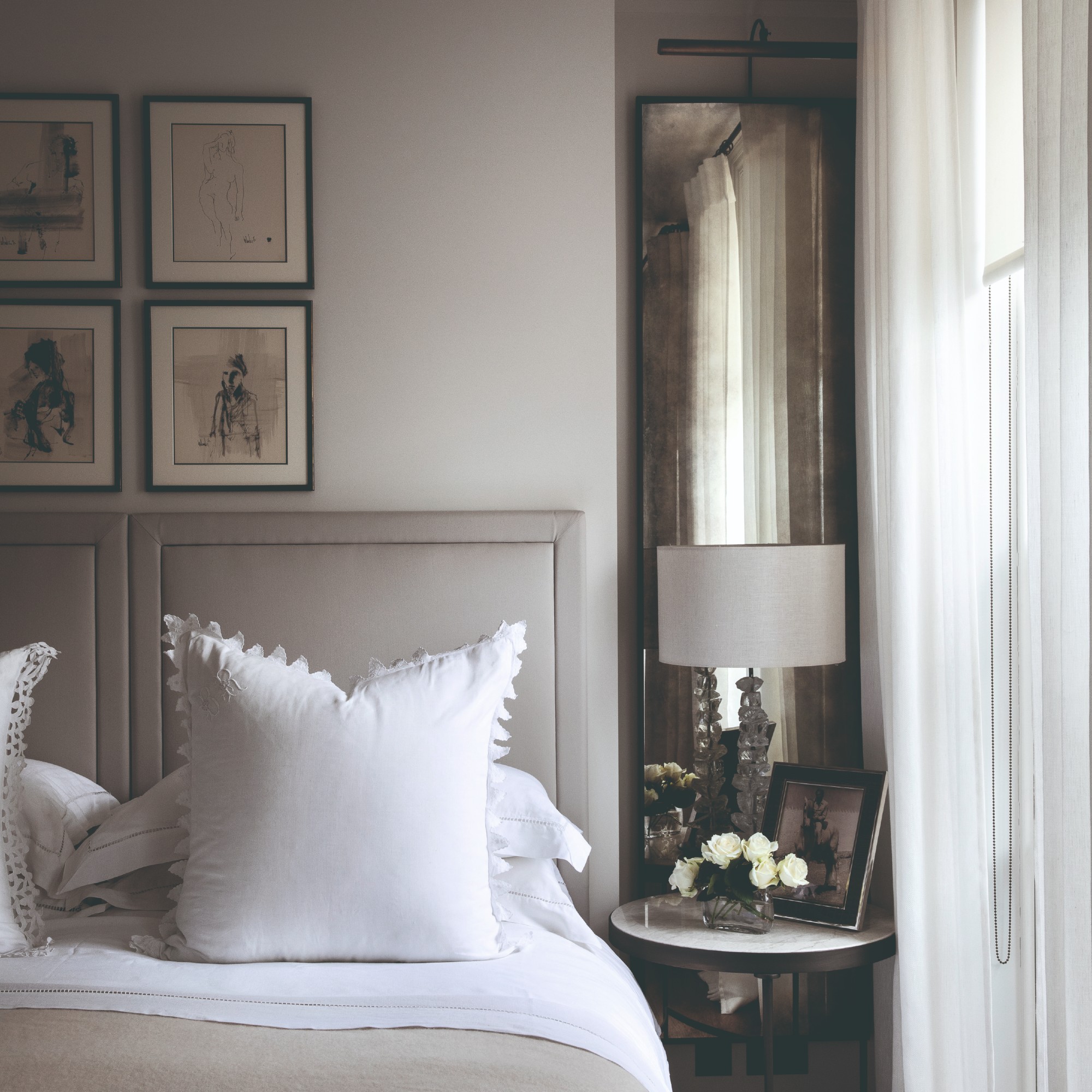
Mirrors are well-known for making small spaces appear larger. A smart bedroom mirror idea for a box room is to position a large mirror opposite the window to reflect natural light and brighten the room. There are lots of ways to introduce mirrors in a box room, such as above a dressing table, a floor-standing mirror leant against the wall, or mirrored furniture like drawer units and nightstands, but don’t overdo it.
‘As they represent a large area, wardrobes are an ideal candidate in box rooms and the use of mirrored glass doors will easily make the room feel twice the size, reflecting the light and creating a sense of space,’ adds Angela Simpson, creative director at Simpson & Voyle.
Foxed or antiqued mirror will provide a softer reflection that can be more forgiving. Above all, avoid positioning mirrors directly reflecting each other or you’ll end up with a horribly discombobulating infinity effect.
7. Source multi-use furniture
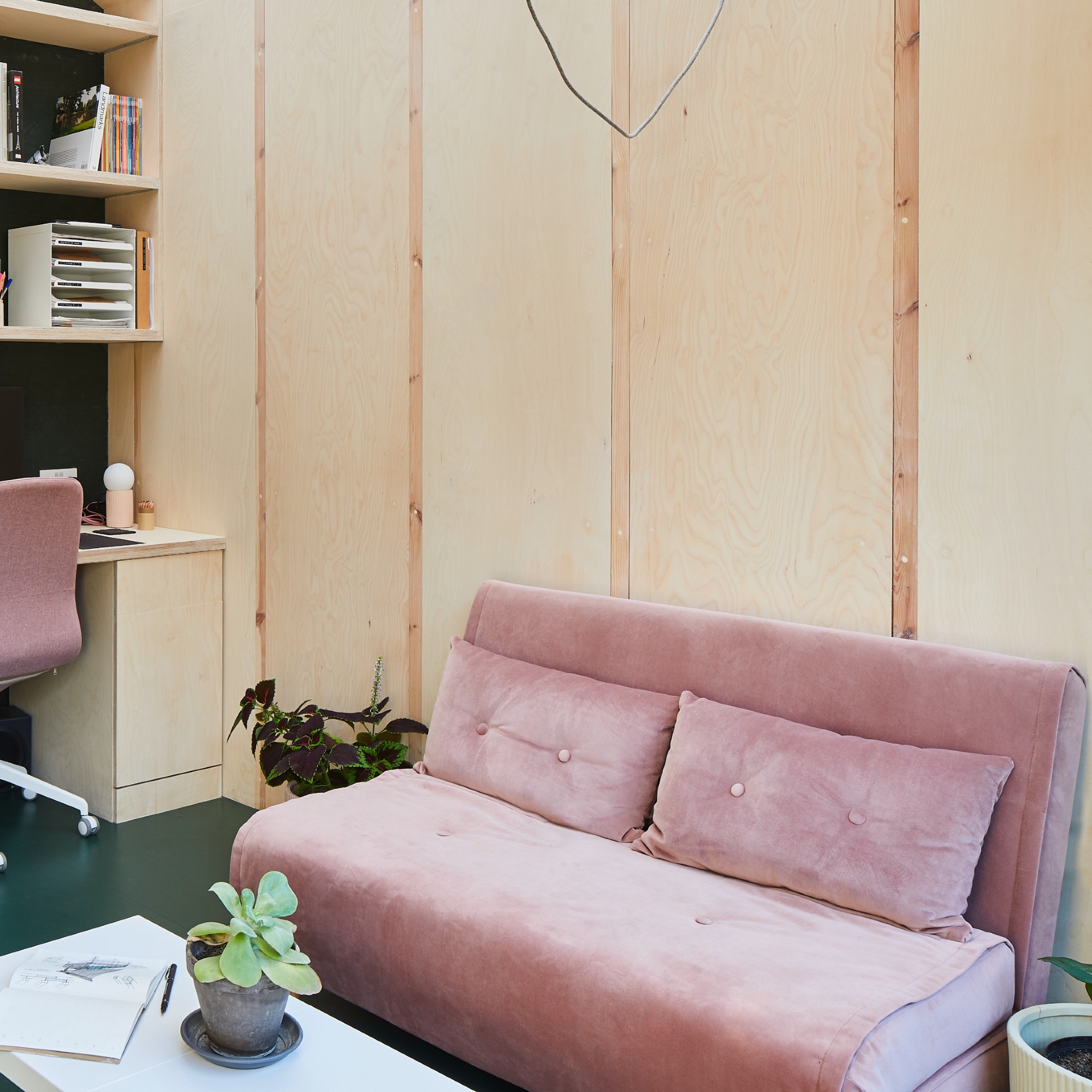
Furniture that serves more than one purpose is a game-changer in box rooms. think sofa beds and the best chair beds that means the room can be so much more than one tiny bedroom.
‘Smaller bedrooms invariably need to work hard. They often also work as part office, and part storage, so buying furniture wisely will optimise the function of the room,’ says Angela Simpson. ‘Investing in a sofa bed with a comfortable mattress is never a waste, or choosing an ottoman bed with plenty of storage will offer clever solutions, especially when there may not always be space for multiple pieces of other furniture.’
A flip-down wall-mounted desk can provide a workspace without taking up permanent floor space, while this fold-out ottoman/bed from Amazon can be tucked away when not in use, making the room more flexible.
8. Turn it into a walk-in wardrobe
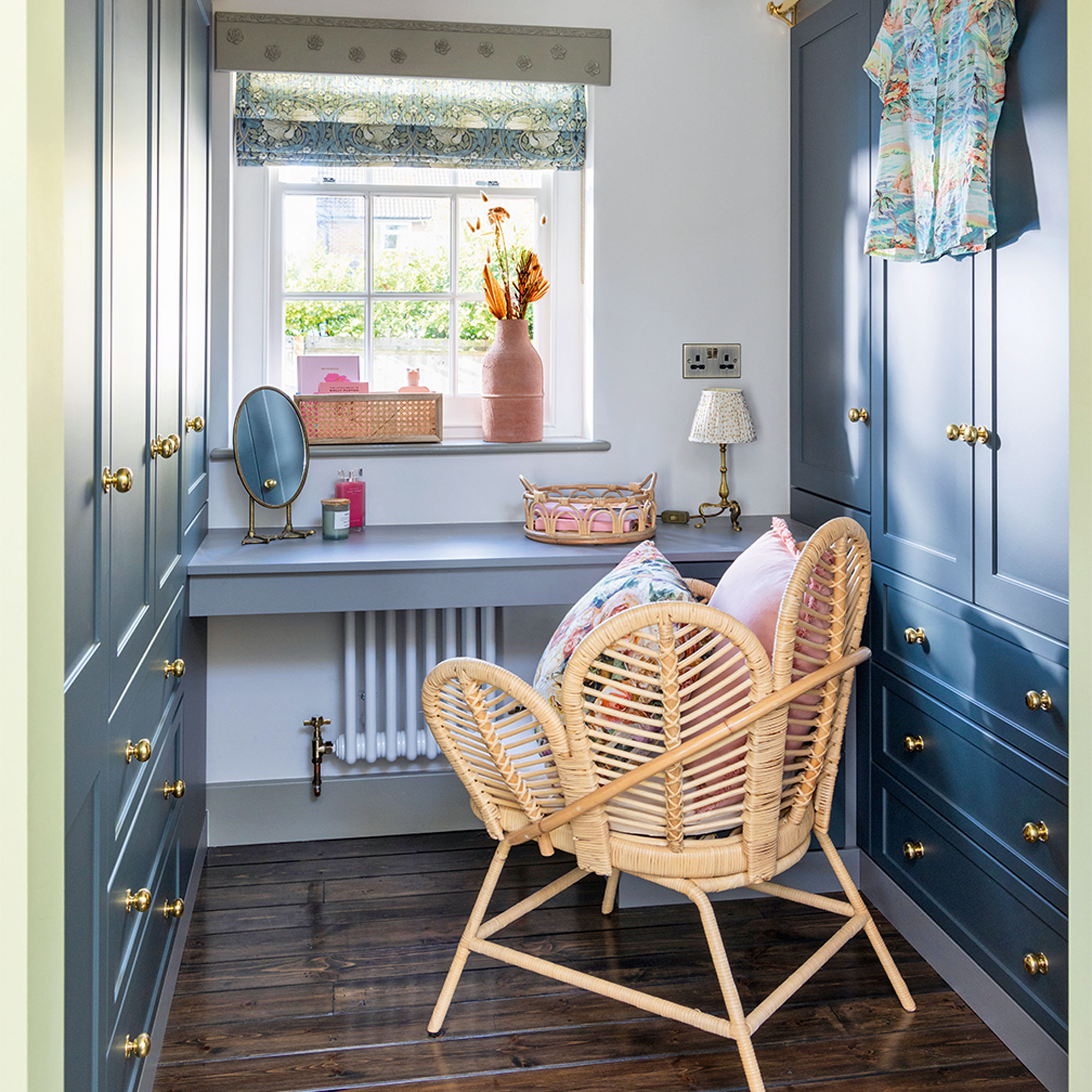
If your box room isn’t needed for sleeping quarters, consider transforming it into a luxurious walk-in wardrobe. Install custom shelving, drawers, and hanging rods to organise your clothing, shoes and accessories neatly. Add a full-length mirror and soft lighting to dial up the luxe atmosphere.
‘Turning your box room into a walk-in wardrobe is an excellent use of this often-wasted space and can help avoid the dreaded floordrobe in your own bedroom!’ says Angela Simpson. ‘Moving bedroom storage away from where you sleep encourages a sense of calm and means you can create a walk-in room that is utterly bespoke to your needs.’
9. Invest in built-in furniture

If your budget allows, investing in fitted furniture can maximize the functionality of your box room. ‘Box rooms are usually one of the smallest rooms in the house, so it’s crucial to make the most of every inch. As a rule of thumb, fitted furniture is about 15-20% more efficient than freestanding, and in compact spaces this is a key consideration,' says Ann Marie Cousins, founder of AMC Design.
'Something which is as important, but quite easy to overlook, is the fact that with bespoke built-in furniture, your box room will have cleaner lines, with no or little gap at the sides of your furnishings.’
‘My top tip for planning built-in furniture is to think about what you need to achieve – for example, a room which also needs to store clothes and shoes may require a different approach to a space that requires to work as a home office or storage room.’
10. Create a WFH space
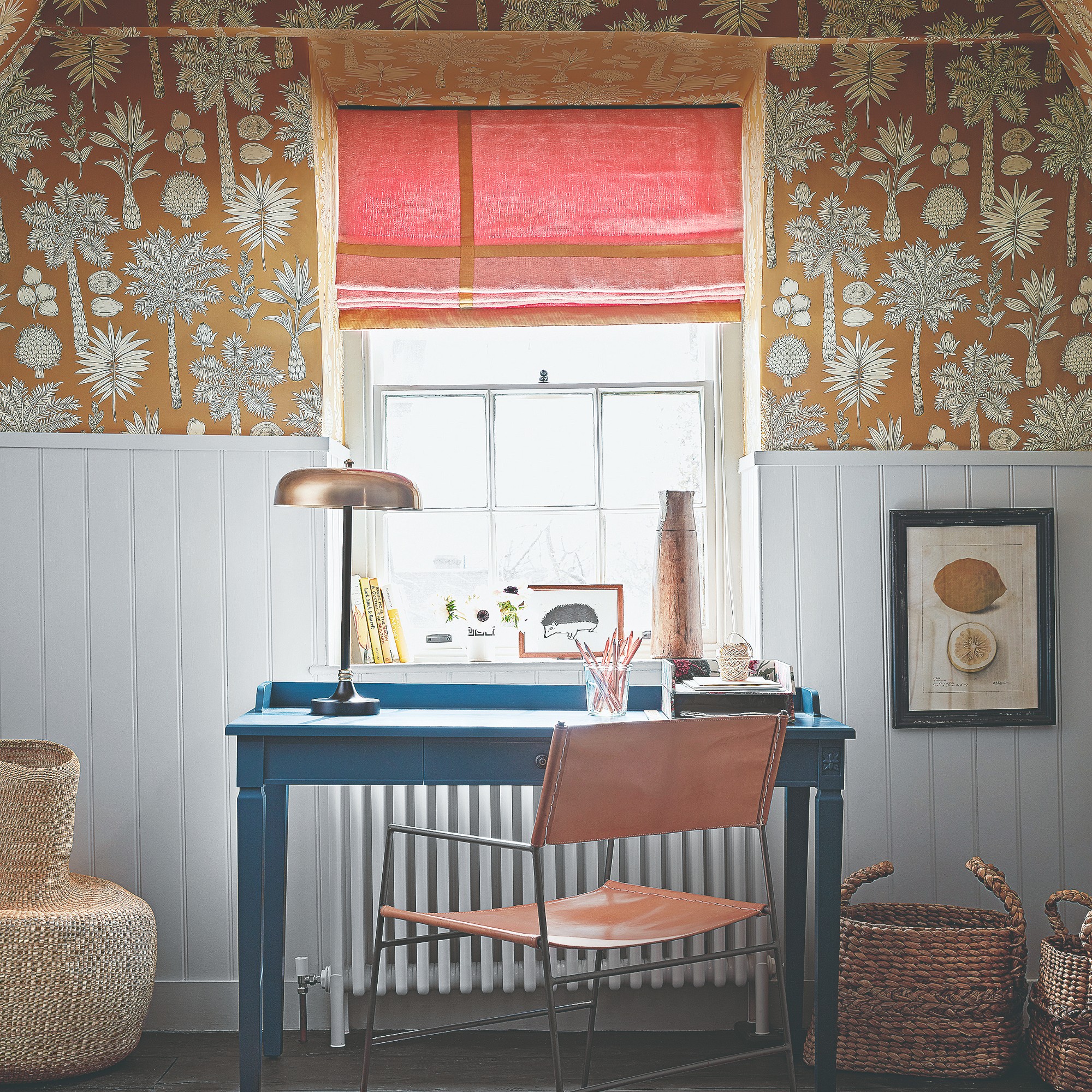
Turning a box room into a small home office is a clever way to make the most of the limited space. Start by selecting a compact, functional desk that fits well in the room without overwhelming it. Consider vertical storage solutions like shelves and wall-mounted organisers to keep the workspace tidy and get extra power sockets installed, if necessary.
‘Ideally, you should position your desk next to a window to enjoy the best natural light levels,’ adds interior designer Chantel Elshout. ‘Adjustable window treatments, like plantation shutters, are a real saviour and can be tilted as the sun moves to keep the sun out of your eyes while maintaining decent natural light levels overall.’
11. Create a bunk room
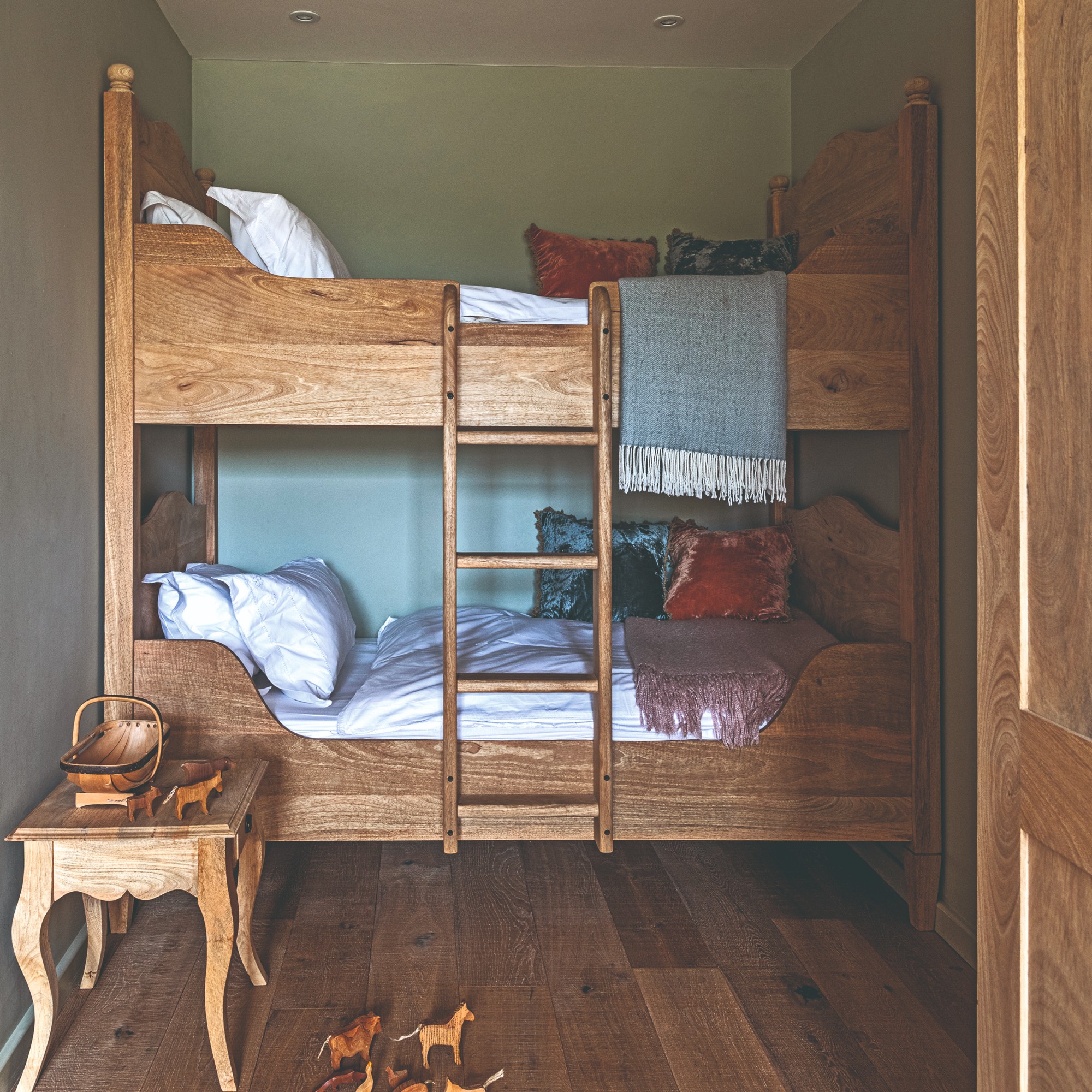
Max up the sleepover fun by transforming your box room into a bunk room. Robustly built bunks that can comfortably accommodate adults, at least on the bottom bunks, are brilliant if your bedrooms are bursting at the seams when friends and family come to stay. A sturdy ladder that’s kind on bare feet is also essential.
Make the most of the vertical space by building L-shape bunks, adding shelves and hooks above each bed for books and personal items. A wall-mounted, low-level reading light is also useful. ‘Built-in drawers beneath ensure no storage opportunities go to waste,’ adds Thorp founder, Philippa Thorp.
12. Create a cosy snug
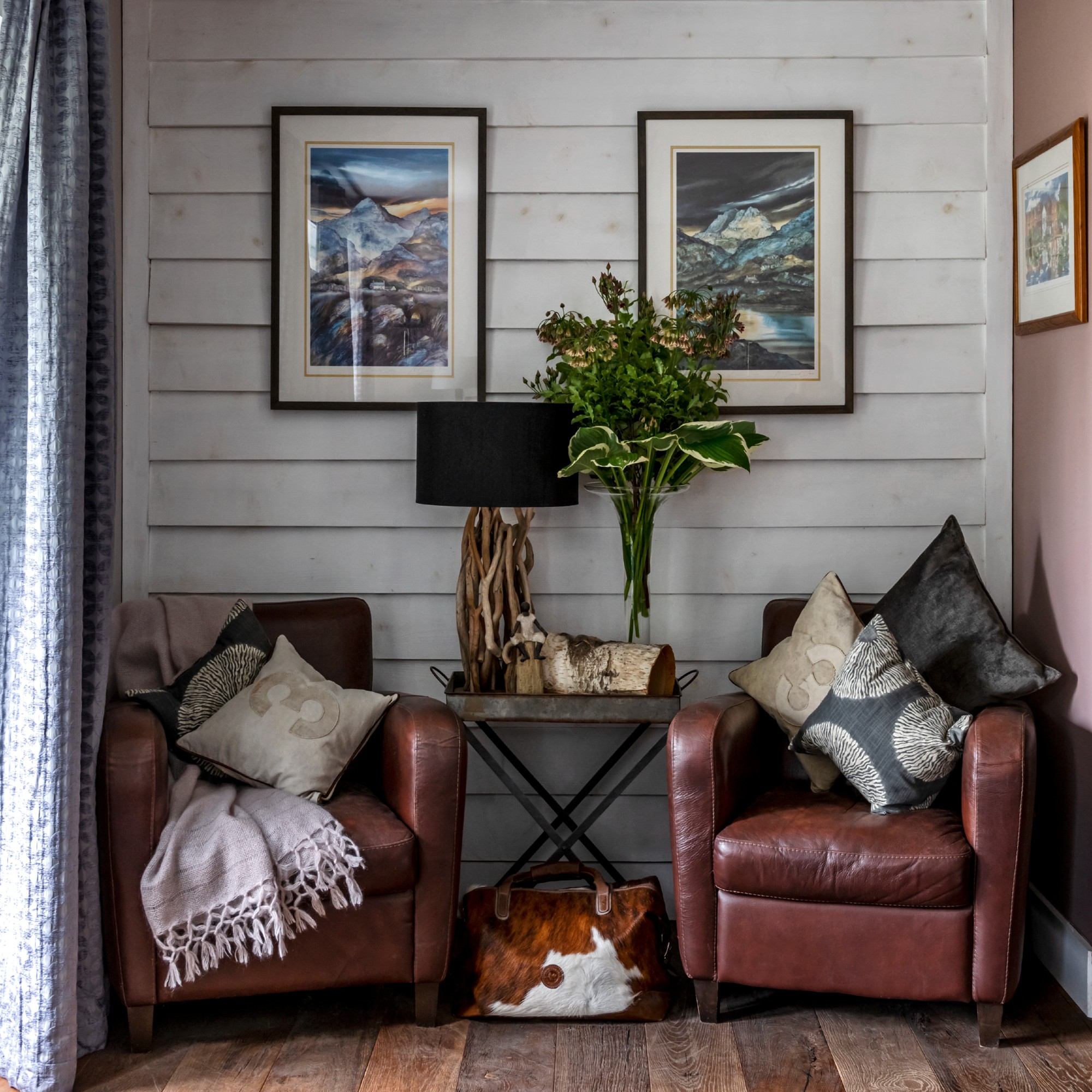
Find sanctuary from the noise and chaos of family life by turning your box room into a relaxing retreat. ‘To make the space inviting, introduce plush textiles, a thick-pile area rug and generous armchair that’s big enough to curl up in,’ says interior designer, Louise Robinson.
‘Fairy lights or low-level lamps will create a warm glow that enhances the cosiness levels.’ Avoid the temptation to add a television – the best snug room ideas are screen-free zones that provide an escape from digital demands.
13. Make a playroom
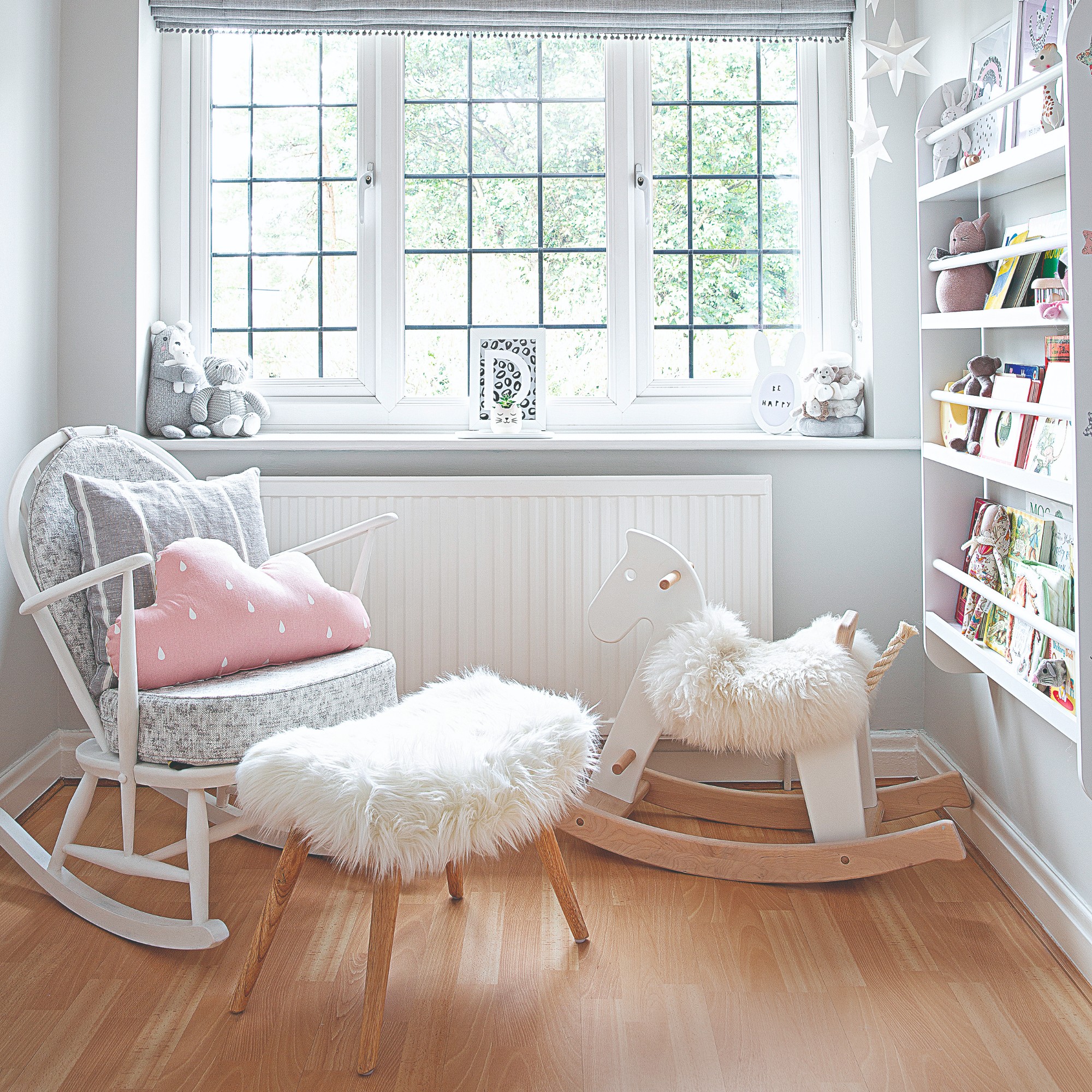
Are your children’s bedrooms bursting with toys? Is finding their beds under mountains of brightly coloured plastic and Lego a nightly challenge? Turning your box room into a dedicated playroom, and leaving bedrooms for sleeping, could be the answer. ‘This separation helps establish a clear distinction between playtime and bedtime, which can enhance sleep hygiene and promote better sleep patterns,’ says Louise Robinson.
‘Choose bright, joyful colours on the walls and floor to stimulate creativity. Adding interactive features, like a chalkboard wall, reading nook and play tent will also help create an engaging environment,’ she adds. Bear in mind your children will eventually outgrow their playroom, at least for playing, so aim for flexible, transitional furniture and playroom ideas that can be adapted as their needs change.
FAQs
Why do English houses have box rooms?
The ‘box room’ is a traditional English term originally coined for period country homes, which had a small room designed to store boxes, suitcases and trunks. ‘In time, other areas of the home facilitated storage in a much better way, especially as modern homes moved away from bulky free-standing furniture to include built-in storage, utilities and loft space.
Our preference for ‘box room’ use therefore shifted to guest bedrooms, a nursery, or a home office. This explains why these rooms are sometimes only big enough for a cot and a chair or a desk and chair,’ explains Ann Marie Cousins, founder of AMC Design. ‘As a nation, we are accustomed to the term ‘box room’ and we are now using clever interior design, colour theory and interior decor to ensure they work well for modern life and don’t become a forgotten, unused space.’
Does a box room add value?
In modern homes, the phrase ‘box room’ is now used (especially by estate agents) to describe upstairs rooms that aren’t quite big enough to be classed as a bedroom. Sure, most people would choose a regular four-bed home over a ‘three-bed with box room’ given the choice. But if three bedrooms is what your maximum budget will stretch to, having that extra space is a huge bonus and will certainly add value.
The trick to presenting a box room as a positive not a negative relies on giving it an obvious identity. Provided your box room is utilised in a clear way, and thoughtfully designed, it will undoubtedly prove an attractive feature to potential buyers/your mortgage lender.
Our box room bedroom design ideas will help transform your smallest room into a stylish, efficient, and comfortable space – how will you use yours?

Linda Clayton is a professionally trained journalist, and has specialised in product design, interiors and fitness for more than two decades. Linda has written for a wide range of publications, from the Daily Telegraph and Guardian to Homes & Gardens and Livingetc. She has been freelancing for Ideal Home Magazine since 2008, covering design trends, home makeovers, product reviews and much more.
- Sara HesikovaContent Editor
